Tour historic Kentucky mansion with link to ‘Gone With the Wind’ dressed for Christmas
As you enter Ward Hall, the outside world floats away. The expansive main hallway — 62 feet wide and 65 feet long — sweeps you back in time to the antebellum home of Junius and Matilda Ward.
You feel the warmth of hand-rubbed millwork cut from old-growth hardwoods as you take in the splendor of walls and high ceilings garlanded with pilasters, scrolls and cornices speaking to Greek tradition.
Your gaze is drawn a double elliptical staircase rising through to the second and third floors. To the right you glimpse the private family quarters and library. To the left is a double parlor with matching mantles of Carrara marble illuminated by silver chandeliers hanging from recessed medallions.
The view has changed little at Ward Hall in the years since 1857, when the newly completed home was the center of social gaiety and entertainment in Georgetown.
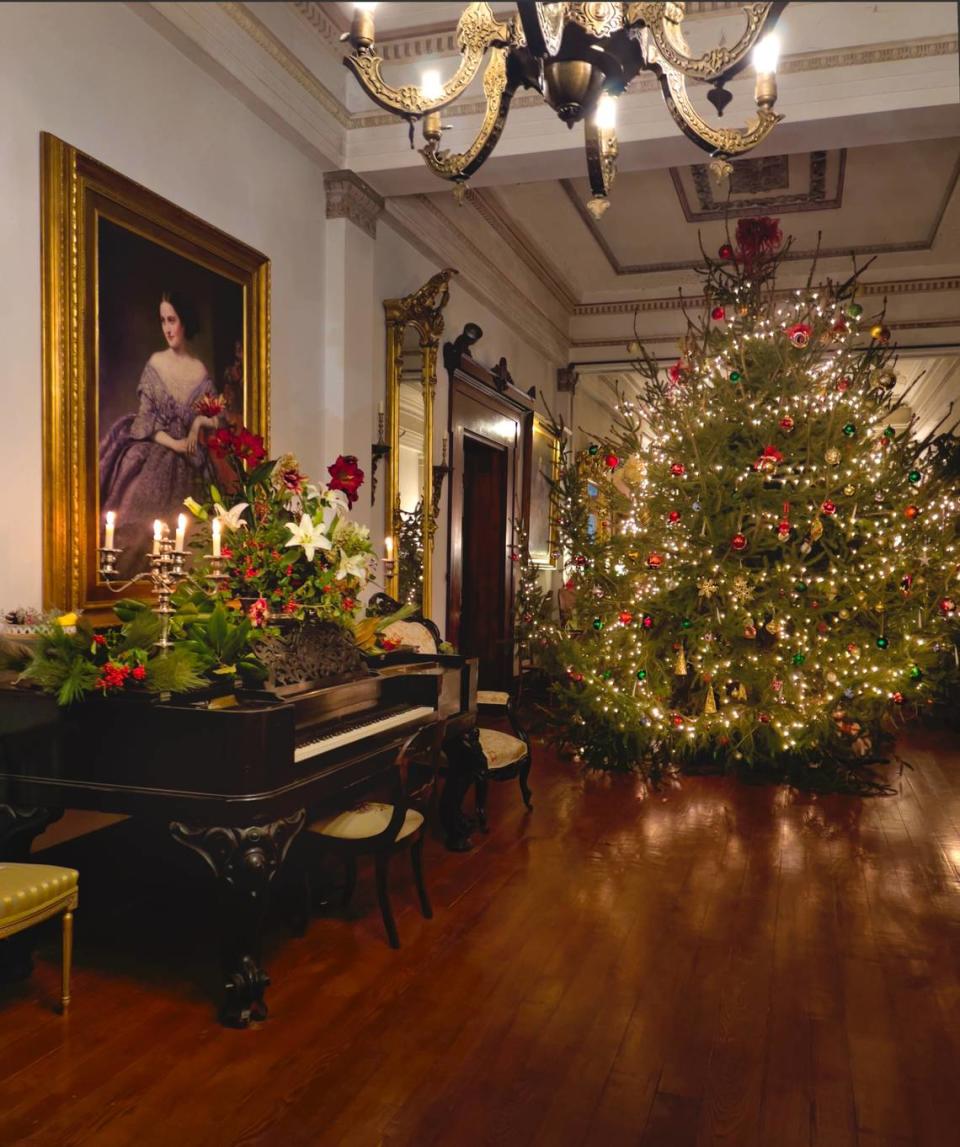
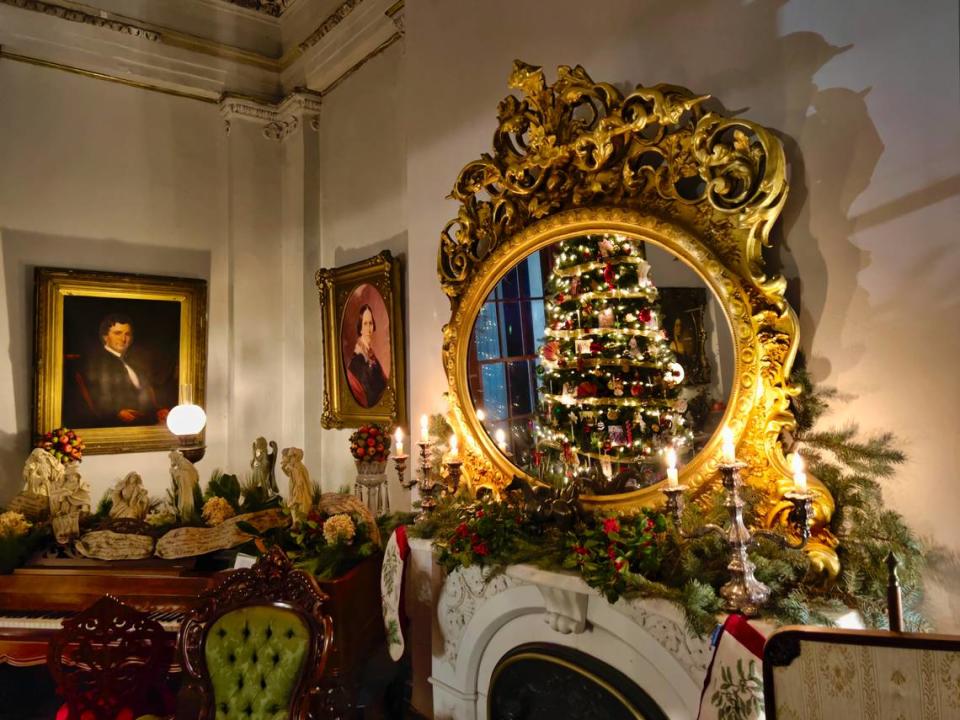
The tradition of hospitality continues today with Christmas candlelight tours on weekends.
NEW COFFEE TABLE BOOK
Another celebration of the history and glamour of the estate can be found in the recently released coffee table book, “Ward Hall: Kentucky’s Greek Revival Masterpiece” ($49.95, Acclaim Press.) The book is packed with gorgeous photographs by Bob Willcutt along with the insightful narrative of preservationist James D. Birchfield.
The book is available locally at Ward Hall Gift Shop, the Georgetown Scott County Museum and Willcutt Guitar Shop, as well asfrom major online bookstores.
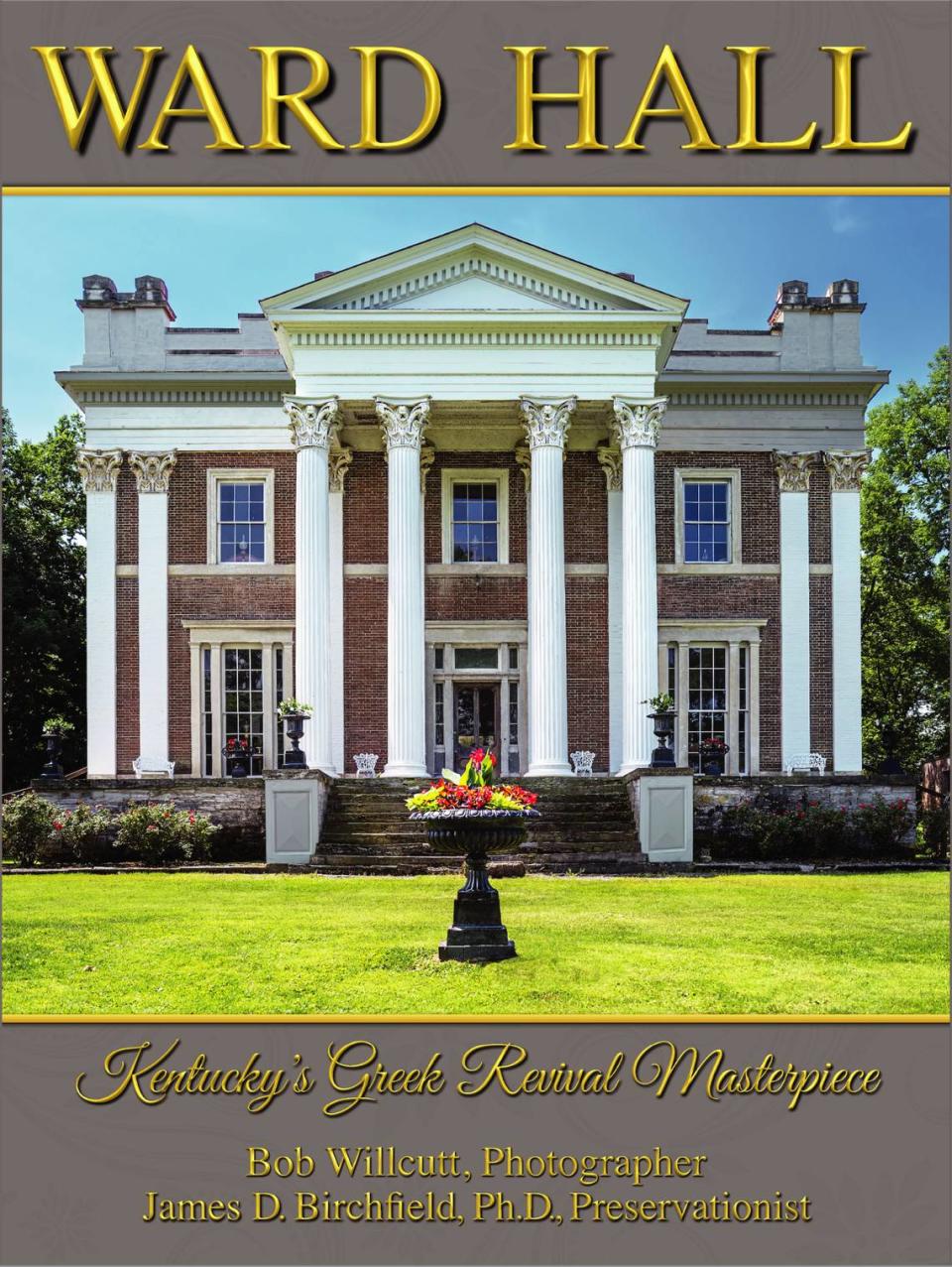
“Ward Hall is more than a building,” Willcutt said. “It’s a culmination of the work, education and dreams of the many talented people who created it.”
“None of the opulence of these grand estates would have been possible without the profits generated by enslaved labor,” Willcutt said. “This applies not only to the agricultural field work, but also to the building trades where people both free and enslaved came together to create this masterpiece of Kentucky mansions.”
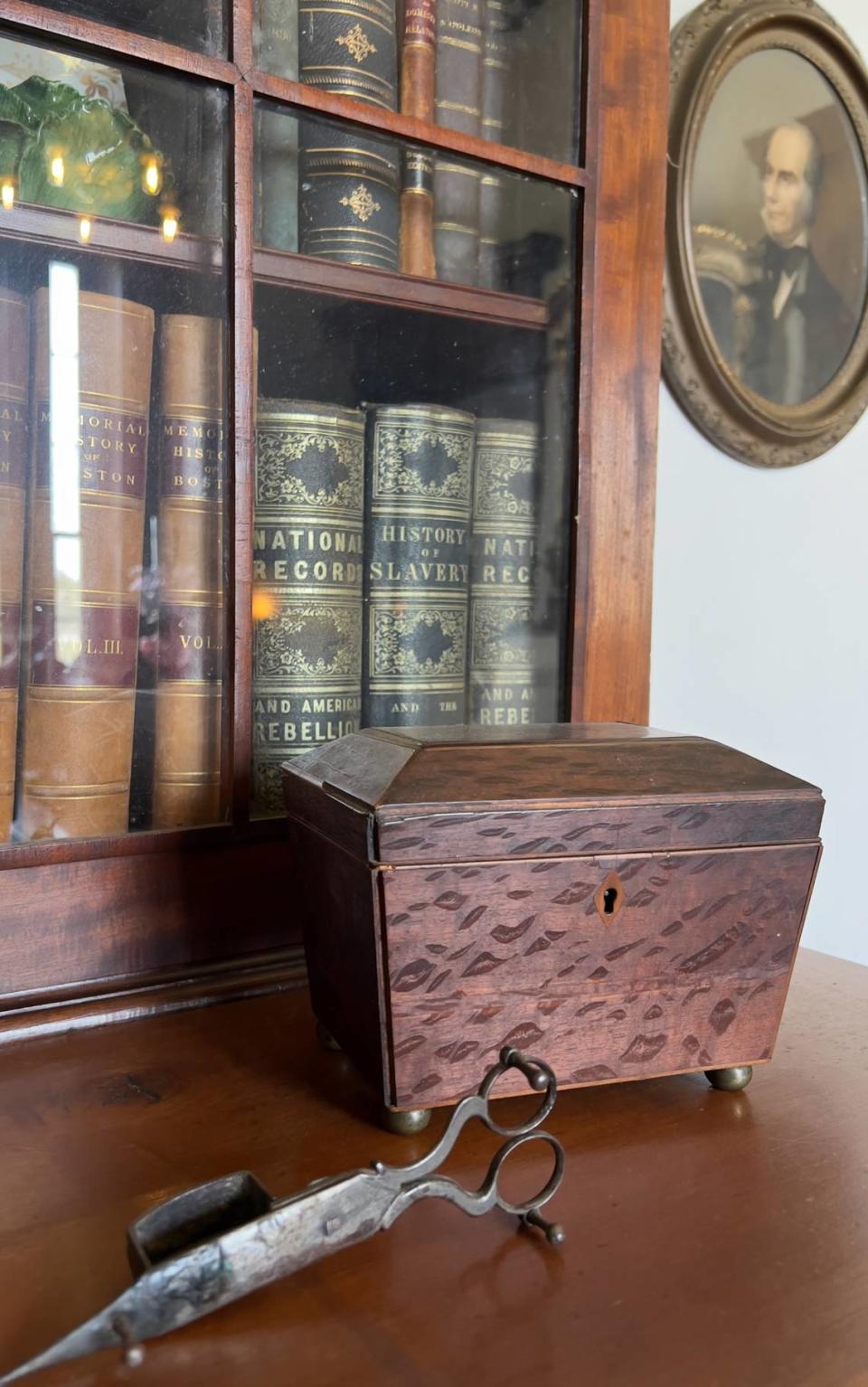
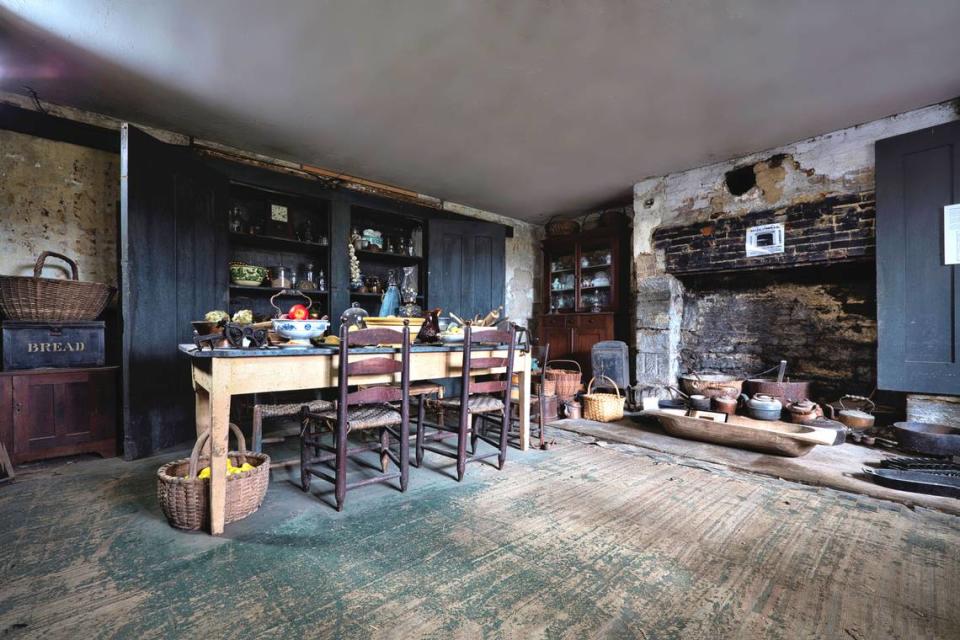
PRESERVING THE LESSER-KNOWN STORIES
“Ward Hall’s regional and national importance rests in its exceptional stature within the mid-nineteenth-century Greek Revival period of American architecture,” said Birchfield. “The experience and study of Ward Hall relates our immediate environment to the nation’s political and aesthetic legacy from the classical world.”
Birchfield, the former curator of rare books at the University of Kentucky, brings to light some of the lesser-known characters of Ward Hall such as James Bailey, an important figure in the building’s construction.
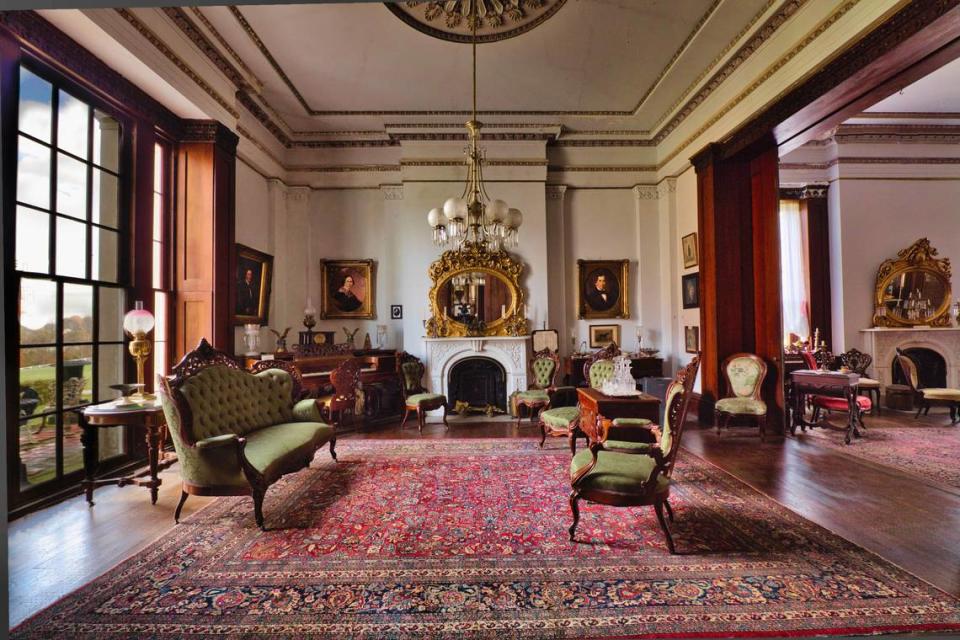
Bailey, a free Black who came to Scott County from Louisiana at the age of nine, became apprenticed to Ward Hall’s superintendent architect Taylor Buffington where he learned his trade.
“He was described as a carpenter in the federal censuses of 1850 and 1860,” Birchfield writes. “By the end of the decade he was described elsewhere as a builder and architect.”
As Buffington the architect became wrapped up in other projects that took him away from Georgetown, it is very likely Bailey was entrusted to oversee the completion of Ward Hall.
In the years following his work at Ward Hall, Bailey built, among others, a public school building, a house for the president of Georgetown College, and a Sadieville bank.
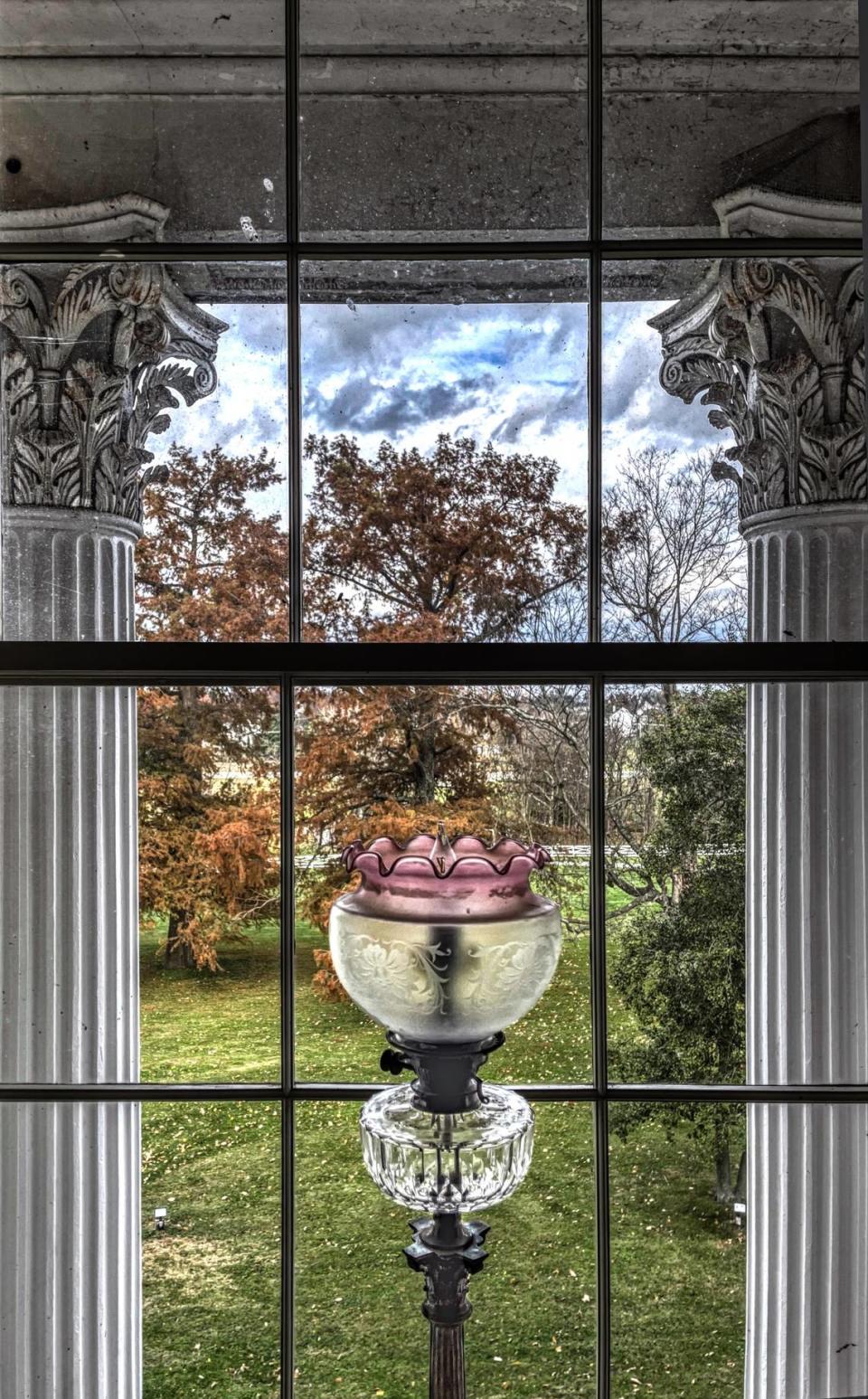
Other examples of the close relationship between white and black Americans in the Antebellum South are highlighted in the new book by Linsey Apple, retired professor and chairman of the Georgetown College History Department.
“No residence the size of Ward Hall could have functioned without the labor of African American slaves,” Apple writes. “Tax records indicate that between fifteen and seventeen slaves attended to the work of the mansion. The basement served as the control center. Slave women and men kept the fires going, prepared the food, and washed and ironed the clothing for the family and guests. Servants could be called to the public or private sides of the house at any time day or night.”
WEALTH & PRIVILEGE FIT FOR A SOUTHERN BELLE
The main house of Ward Hall’s Greek Revival antebellum plantation mansion covers a staggering 12,000 square feet. By comparison, Henry Clay’s Ashland covers 8,184 square feet and the Waveland Mansion covers 4,400 square feet.
The mansion’s design is attributed to noted Bluegrass area architect Major Thomas Lewinski. The original plantation encompassed 500 acres, of which about 40 acres remain today.
“This was known as some of the best farmland in the country,” said Ron Bryant, executive director of the Ward Hall Foundation. “The land here was primarily used for raising livestock and growing the feed for them. Junius Ward had Thoroughbreds and other fine blooded horses, cattle and prize sheep, and they brought in a European gardener to lay out five acres of formal gardens.”
“Junius Ward was also a part owner of the great racehorse Lexington along with his brother-in-law Captain Willa Viley,” Bryant said. “After a prosperous racing career, the prominent sire sold in the 1850s for the highest price ever for a Thoroughbred at the time.”
Ward’s uncle, Richard Mentor Johnson, who lived nearby in Great Crossing, was the first native-born Kentuckian to serve in the state legislature, in Congress, in the U.S Senate, and finally as Vice President under the Martin Van Buren administration.
Although the racetrack was Junius Ward’s chief passion, Ward Hall was also a showcase for the kind of entertainment and hospitality where a precocious niece like Sallie Ward could shine like she was the Belle of the Bluegrass. Sallie was the daughter of Junius Ward’s brother, Robert J. Ward of Louisville, planter, attorney, and speaker of the Kentucky General Assembly.
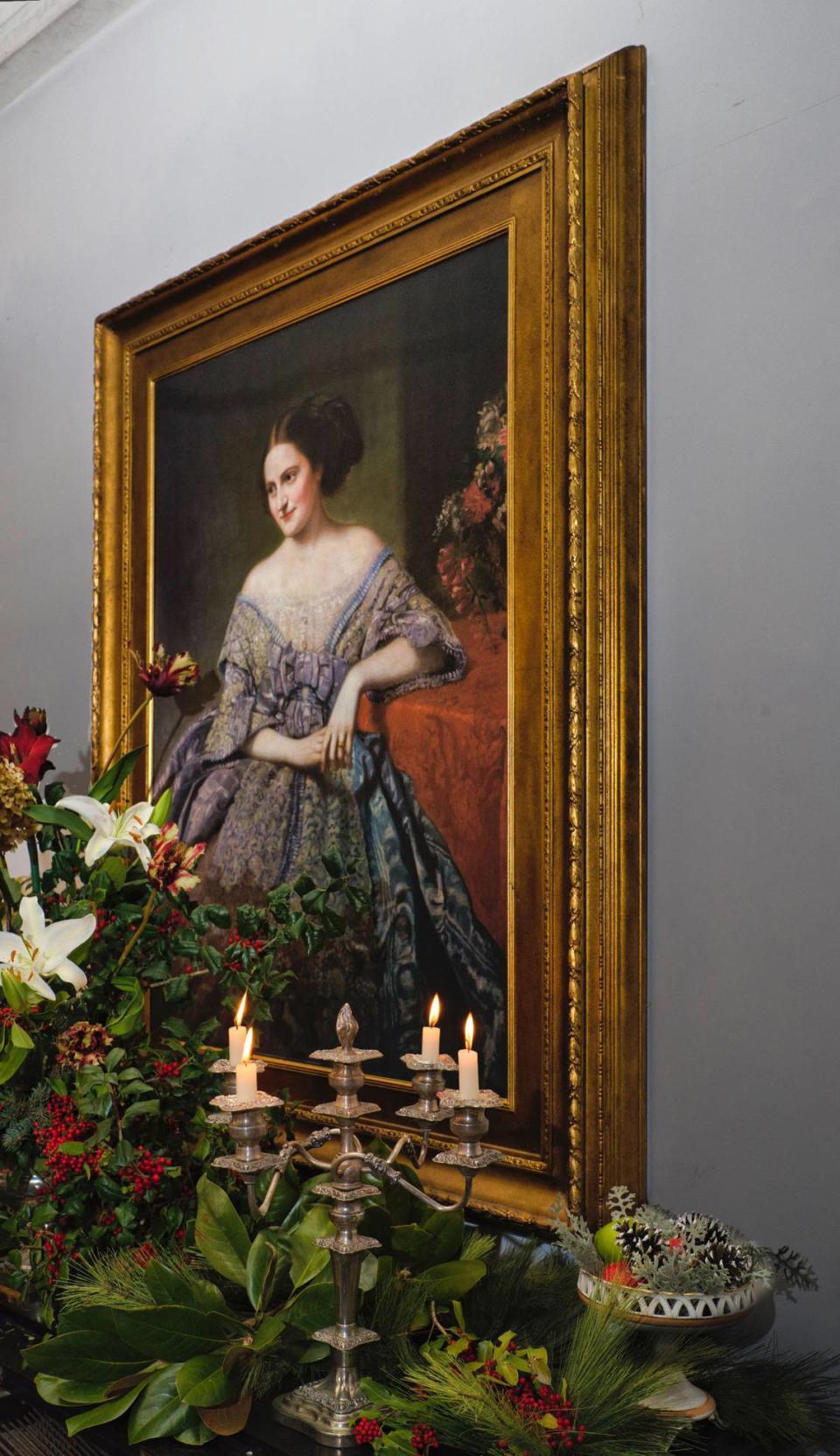
Free-spirited and reckless, Sallie may have been the prototype for Scarlett O’Hara in “Gone With the Wind.”
“She was very strong willed, headstrong and was a fashion icon,” said Bryant. “I believe she was a model for Scarlett, because John Marsh, Margaret Mitchell’s husband attended the University of Kentucky, worked as a newspaperman in Lexington, and had his ear to the ground for local legends like Belle Brezing who was represented in the book at Belle Watling.”
ENDURING INFLUENCE
This year’s holiday festivities at Ward Hall are made possible by the Ward Hall Preservation Foundation, which bought the property back in 2004 and have kept it open to the public,
“Bit by bit, as money and time allow, the restoration continues. It’s hard to imagine that this largest Greek Revival mansion in Kentucky was not even the Junius Ward’s primary home,” Bryant said. “The family’s main house and plantation were in Washington County, Mississippi. This was their summer house.”
Due to the imploding Civil War economy, Junius Ward declared bankruptcy and was forced to sell Ward Hall as well as his Mississippi plantation. In the intervening years the Georgetown property saw eight or more successive private ownerships.
The former residence of Junius Ward stands today as a museum of the Antebellum period in American history and the design of the home. If you visit you’ll not only be delighted by the spectacular decorations, but you also get to experience what holidays were once like for one of Kentucky’s wealthiest and most prominent families.
Christmas candlelight tours at Ward Hall
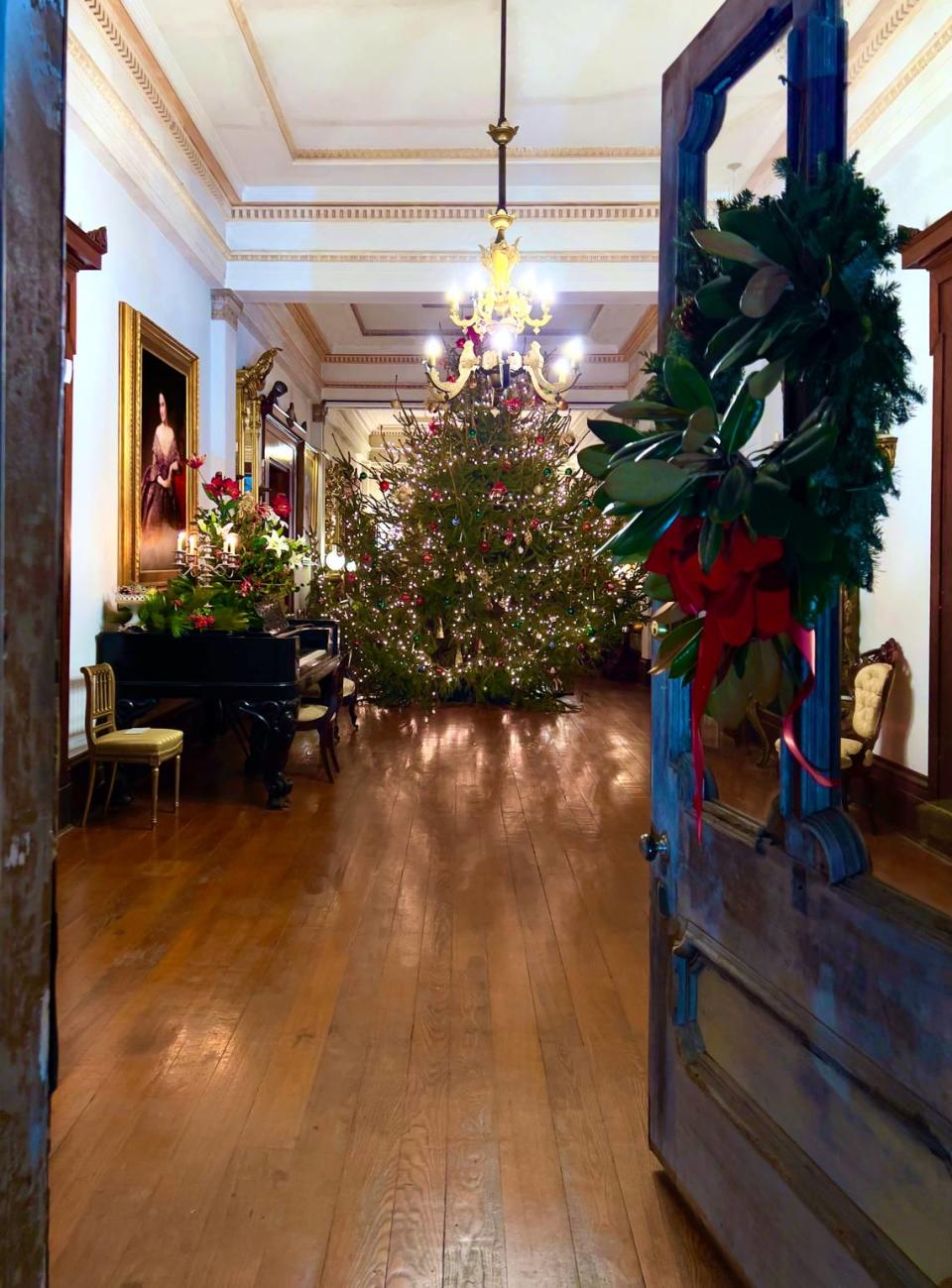
Where: 1762 Frankfort Road (US 460), Georgetown.
When: 5:30-9 p.m., Thursday, Dec. 7 through Sunday, Dec. 10 and Thursday, Dec. 14 through Sunday, Dec. 17.
Tickets: Admission is $10 for adults, $5 for ages 12-17. Children under 12 are free. Dress warmly. For more information call 502-863-5356.
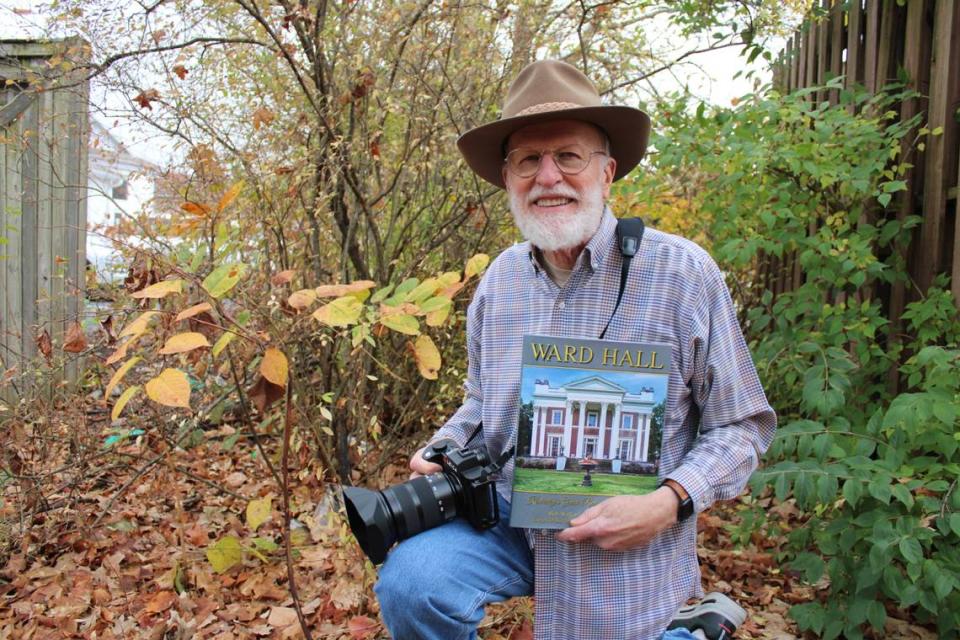
Photographer Bob Willcutt will sign copies of “Ward Hall: Kentucky’s Greek Revival Masterpiece” on Dec. 9 from 5:30 to 9 p.m. Book buyers are welcome to join the candlelight tours at no additional charge.

